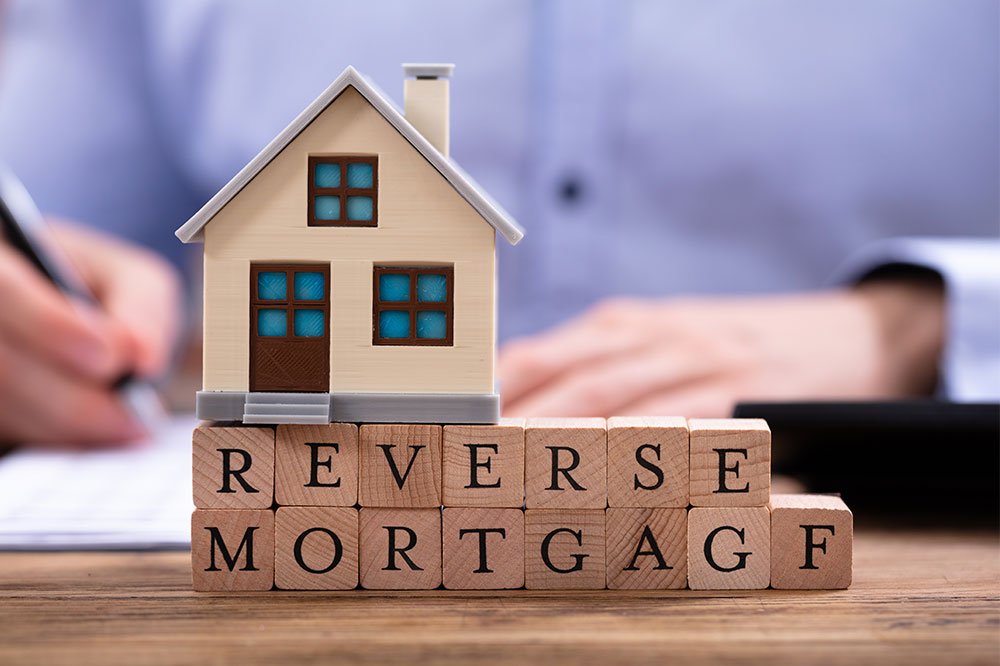Things to know before getting a reverse mortgage
Seniors who are 62 and above can borrow money from the lender against their home’s equity, which is called a reverse mortgage. The borrowers are expected to pay property taxes, maintain and insure the home according to the FHA guidelines. Those who are planning to sign up for the reverse mortgage should know how the reverse mortgage works, the different types of reverse mortgages available to them, benefits of reverse mortgages, and cost of reverse mortgages.

How reverse mortgages function
The borrower can choose any one of the following three ways of receiving cash from the lender: getting a lump sum payout from the lender, regular payments over time, and setting up of a line of credit that allows the borrower to take the money whenever required.
Reverse mortgages do not require the borrower to pay back the mortgage as long as they are living in the house. Borrowers are not required to make any payments on the loan either. There is, however, a requirement of paying for expenses that include property tax, repairs, association dues, and homeowner’s insurance.
After the death of the borrower, the due loan can either be paid off by the heirs of the borrower and keep the property, or the lender can claim the property back to settle the debt.
The borrower will have to repay the loan if they decide to change the primary residence before their passing away. If the borrower lives away from the property for more than six months for non-medical reasons, or for the whole year for medical reasons, the lender will consider that the borrower has changed their primary property.
Types of reverse mortgages
HECMs
These are the most common types of reverse mortgages that offer federal backing, certain fees limits, and allow the borrower to spend the money any way they want once they receive the money. The government secures these loans through the Federal Housing Administration (FHA). This mortgage has certain restrictions on eligibility and borrowing. The lender can use the maximum property value to determine the amount to lend to the borrower; this amount also becomes the FHA’s maximum loan limit.
Proprietary reverse mortgages
These loans are similar to the HECM loans, but they are not federally backed. The restrictions are fewer than HECMs, and the lender can make the eligibility requirement lenient. Proprietary reverse mortgages may come with a higher fee. These loans are not widely available and are hence available in some areas of the country.
Single-purpose reverse mortgages
The lender of a single-purpose reverse mortgage puts restrictions on the way borrowers use the money from they get from a reverse mortgage. These loans are offered by non-profit organizations, and local and state government agencies, and are meant only for repairing the home or paying property taxes.
Benefits of reverse mortgage loans
Access to cash
The borrowers don’t need to sell their home to get access to cash. The amount borrowers get from the reverse mortgage can help seniors get extra money in retirement, maintain their lifestyle, and cope with surprise expenses.
No monthly payments
There are no monthly payments that borrowers have to make after getting a reverse mortgage. The loan must only be repaid if the borrower decides to sell the property, move to another property, or passes away.
Maintain ownership of your home
Even after taking out the reverse mortgage, the borrower remains the owner of the property. The lender does get the ownership of the house, or the right to sell it. As long as the borrower is paying property taxes and homeowner’s insurance, they remain the owner.
Flexible payment options
Reverse mortgages allow the borrower to choose from multiple options for borrowing, such as taking the entire amount at once, taking an estimated amount, or taking a line of credit. Reverse mortgage loans also allow the borrowers to change the payment option during the loan.
No effect on social security and Medicare
When the borrower receives money from a reverse mortgage, the amount is considered as a long and not an income. Therefore, the social security and Medicare remain unaffected.
Cost of reverse mortgage
There are upfront and ongoing fees that lenders charge when one applies for a reverse mortgage. Upfront fees consist of appraisal fee, closing costs, loan origination fee, and initial mortgage insurance premium. Ongoing fees consist of loan interest, mortgage insurance, and servicing fee. The fee charged is subject to change; hence, the borrowers are advised to check with the lender for the latest fee amount.




